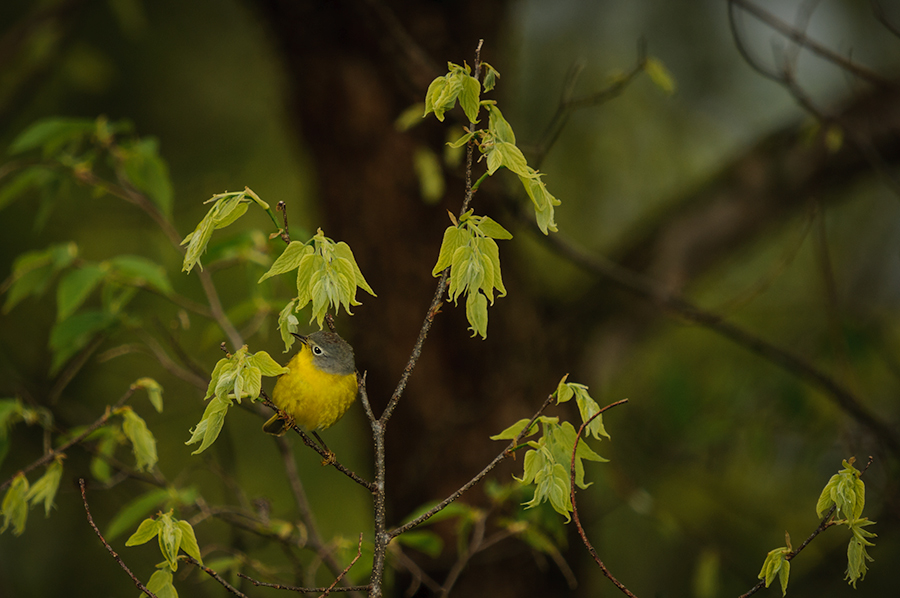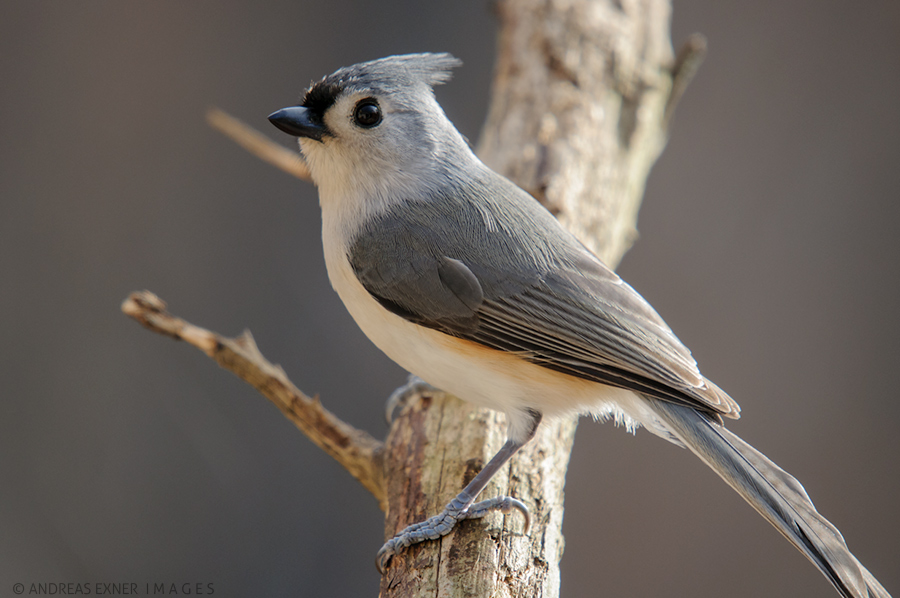
I still have a backlog of photos that I like to show you here in the blog. Not so much because of image quality but I like to wrap up my series about the warblers that we have seen in our woods in May. The Nashville Warbler is one of them. I had three sightings between May 12, and May 19 2014 but none of them ended with a photo that I’m halfway satisfied with. I just could not get it sharp. The photo may work here in the blog but if I would try to make a larger print there is just not enough sharpness.
It was the first time that we saw this bird but I guess we have to wait until next year, or maybe the migration in the fall, to make a photo with a little more detail. For now we are at least happy that we have seen the Nashville Warbler, the jinx is broken ;-) …

